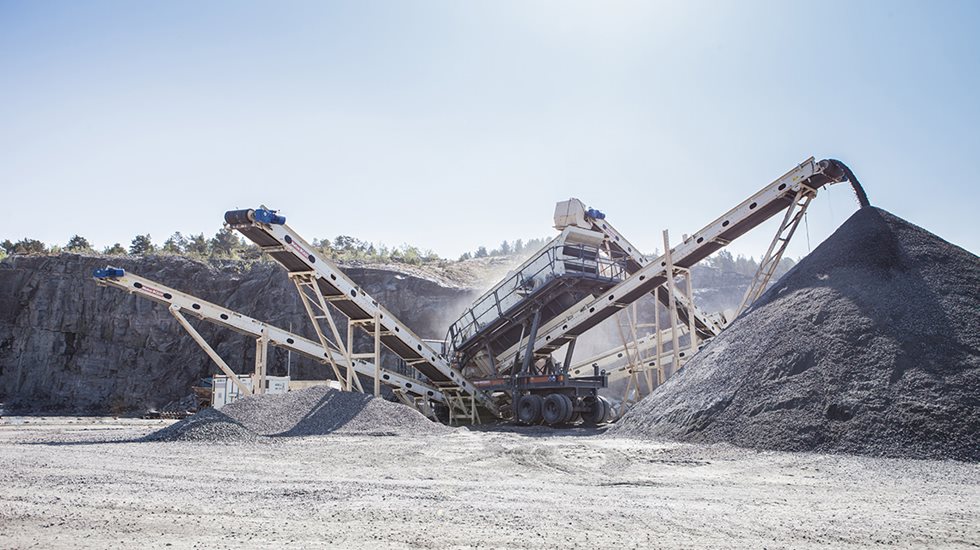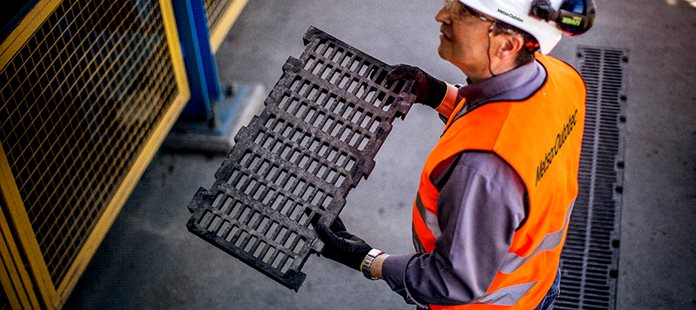First of all, remember:
-
Crushed materials are often angular and require different screening
-
The presence of fines can increase the feed speed of industrial screening
-
Moisture forces the particles to stick together, which limits the efficiency of the process
-
The difference in size between particles is a key factor
Screening systems: types of screening
There are two basic types of vibrating screens: vertical, which move particles up and down on the surface, and horizontal, which move particles backwards and forwards on the screen surface. Precisely because of this difference, on vertical screens particles do not collide with the sides of the material, which is something to be considered depending on the type of rock or grain screened.
Vibration can happen in many ways, including a circular motion, which is the most common. In this case, the equipment constantly vibrates and the material moves forward due to the inclination of the screen. The level of inclination influences how the material moves on the screen, and its distribution on the screen.
How do you measure the performance of a screen?
It all depends on the processing capacity of the screen and its efficiency. Good performance of screens is largely linked to a constant feed rate.
The feed can be concentrated in a part of the screen, with distribution to the rest of the screen to occur due to the vibrations and slope of the screen. It is important to use dynamic feeders to prevent the flow from becoming static or being interrupted.
SCREENING ALSO INVOLVES PLANNING
Modern screens do not require special foundations and can be installed on reinforced concrete industrial floors at ground level. However, when installing the solution it is necessary to calculate the space needed to work around and above the machine.
This not only facilitates the movement of workers, but also maintenance and safety operations. Screening media with a module-based design also help with repair or replacement of parts, as well as facilitating the handling and transport of components.
Preventive maintenance shutdown? Always
As they work under constant vibration, wear on the screens is natural, especially in welded areas. Therefore, it is important that preventive maintenance is carried out, in addition to always being aware of changes in the behavior of the equipment.
Also, do not forget to clean and lubricate parts in accordance with the manufacturer's manual.
All this care reflects in a more efficient screening and greater productivity!

